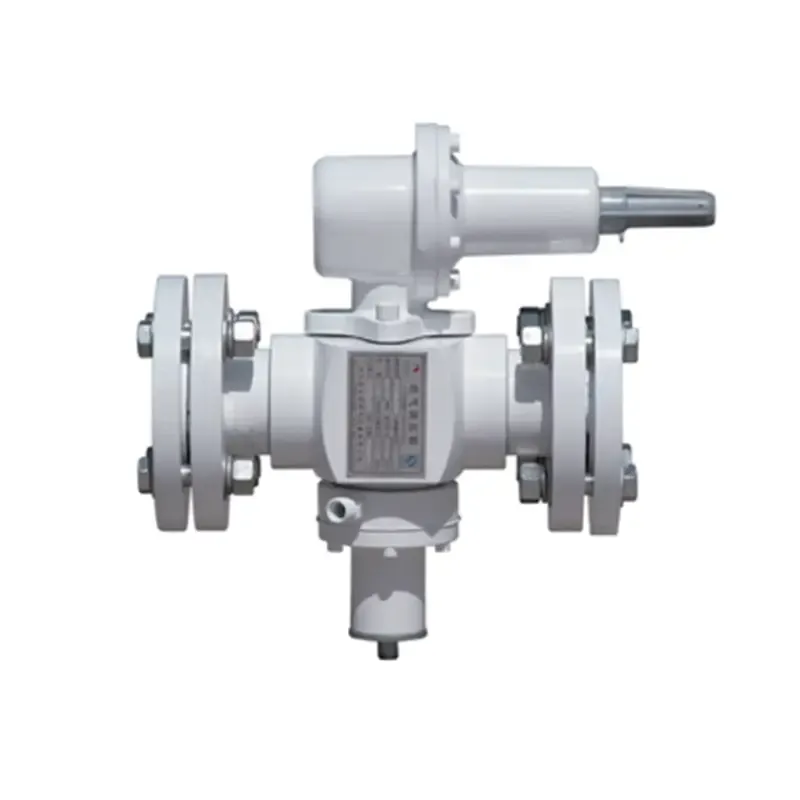
Aug . 30, 2024 20:17
Back to list
high pressure regulators
High-pressure regulators are essential components used in various industries to control and reduce high-pressure gas to a manageable level. These devices ensure that gases are delivered at safe and consistent pressures, making them critical in applications ranging from industrial processes to laboratory settings.
The primary function of high-pressure regulators is to reduce the pressure of gas from a source, such as a gas cylinder, to a lower, more usable pressure. When gases are stored in high-pressure containers, the pressure inside can be extremely high, often exceeding several thousand psi (pounds per square inch). Without regulators, using these gases safely would be nearly impossible, as the high pressure could lead to accidents, equipment damage, and hazardous situations.
.
Moreover, high-pressure regulators are designed to handle various gases, including oxygen, nitrogen, argon, and hydrocarbons, each requiring specific materials and configurations to ensure compatibility and safety. For instance, oxygen regulators must be made from materials that resist ignition and corrosion, as the presence of oxygen can significantly increase the risk of fire and explosion.
high pressure regulators

In addition to safety, efficiency is a key consideration in the design of high-pressure regulators. Modern regulators often feature advanced technologies that enhance performance, such as pressure gauges that provide real-time feedback and allow users to monitor gas flow. Some regulators also come equipped with filters to remove impurities from the gas, further ensuring that the delivered gas is clean and suitable for precise applications.
Maintenance of high-pressure regulators is essential for their long-term performance and safety. Regular checks for leaks, wear, and tear, as well as periodic calibration, are necessary to ensure that the regulators function correctly. Users should also be trained in the proper handling and operation of these devices to mitigate risks associated with high-pressure gases.
In conclusion, high-pressure regulators play a vital role in various sectors by ensuring the safe and efficient use of gases. Their ability to convert high-pressure gas to a manageable level not only enhances operational safety but also improves overall efficiency and productivity in industrial and medical applications alike. As technology advances, we can expect to see even more sophisticated regulators that further enhance safety and performance standards.
Next:
Latest news
-
Safety Valve Spring-Loaded Design Overpressure ProtectionNewsJul.25,2025
-
Precision Voltage Regulator AC5 Accuracy Grade PerformanceNewsJul.25,2025
-
Natural Gas Pressure Regulating Skid Industrial Pipeline ApplicationsNewsJul.25,2025
-
Natural Gas Filter Stainless Steel Mesh Element DesignNewsJul.25,2025
-
Gas Pressure Regulator Valve Direct-Acting Spring-Loaded DesignNewsJul.25,2025
-
Decompression Equipment Multi-Stage Heat Exchange System DesignNewsJul.25,2025

